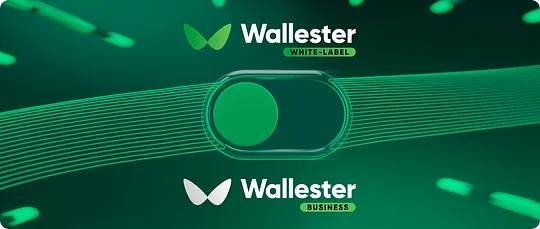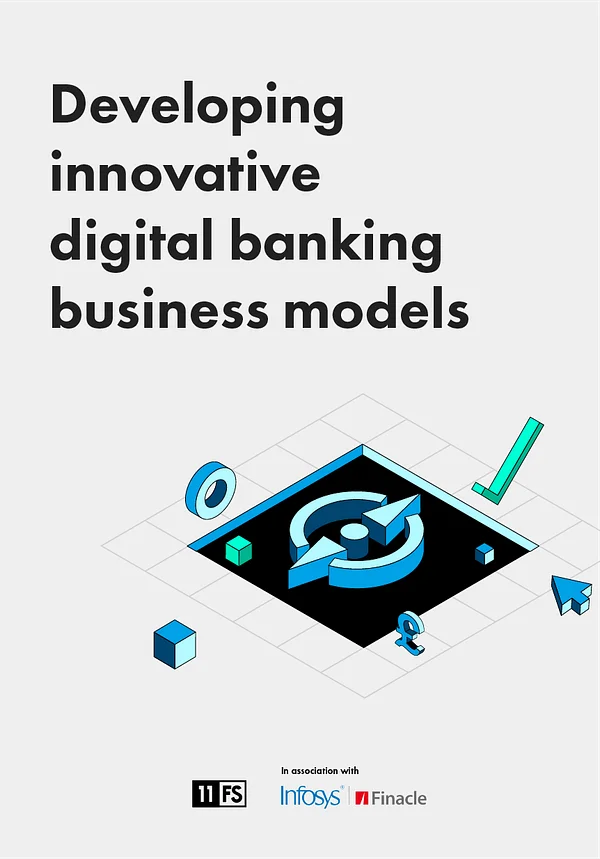If you’re building a fintech or adding financial services to an existing platform, there’s no doubt that the concept of embedded finance with white-label solutions has passed you by.
At its core, embedded finance means integrating services like loans, insurance, or payments directly into non-financial platforms—something that’s quickly evolving from a buzzword into a baseline expectation.
Revenues from embedded finance in Europe are forecasted to increase from $35.2 billion in 2024 to $105 billion by 2029. The rise of the concept and its extreme buzziness are driven by better tech, more accessible data, and rising customer expectations. People want financial services to show up exactly when and where they need them, like getting financing directly at checkout when making a big purchase.
Across industries, customers now expect platforms and marketplaces to offer these kinds of services. Embedded finance can drive customer loyalty and profitability and position companies at the vanguard of new financial trends.
Using pre-developed tech that slots into your existing solution offers a vast array of benefits. Avoiding commitments to lengthy tech development , building solutions from scratch, and hiring teams to create and maintain them are all extremely attractive propositions. After all, someone else has already done all the work, so why reinvent the wheel, or banking for that matter?
The opportunity is enormous for companies considering embedded finance, but so are the stakes.
What should be a supportive and mutually beneficial partnership can go wrong very quickly and often spectacularly.
Lessons from Apple and Goldman Sachs
As a business, you’re placing an immense amount of trust and faith in your embedded finance provider, often without a definitive proof of concept to guide you. Of course, sales teams will promise you the world - every solution is cutting-edge, everyone has the very best customer support, and the ability to make regulatory issues vanish like cake at a child’s birthday party.
Unfortunately, what should be a supportive and mutually beneficial partnership can go wrong very quickly and often spectacularly.
Take the case of the infamous Apple Card fiasco. If you’re unfamiliar with the story, here’s the abridged version: In 2019, Apple and Goldman Sachs introduced the Apple Card, aiming to revolutionise the credit card experience with no fees and an intuitive app interface. However, things went south with alarming speed.
The Consumer Financial Protection Bureau (CFPB) found that both companies mishandled disputed charges. Customers reported that their billing error reports were often not addressed promptly, leaving them responsible for unauthorised charges.
Users also experienced difficulties when interacting with customer support. Complaints included delayed responses and interactions with representatives who were perceived as unhelpful or dismissive. For a company like Apple, renowned for its customer service, these issues posed a risk to its reputation.
Due to these shortcomings, the CFPB ordered Apple and Goldman Sachs to pay a combined $89 million in penalties for failing to meet consumer protection standards.
Apple blamed Goldman Sachs, and Goldman Sachs blamed…well, you can guess.
So if these two behemoths couldn’t get it right, what hope is there for smaller companies? The answer lies in a somewhat unusual form of due diligence.
You’re not just choosing a tech stack, you’re betting your brand reputation on a third-party provider.
Being a customer before becoming a partner
Committing to an embedded finance solution is expensive, time-consuming, and risky. You’re not just choosing a tech stack, you’re betting your brand reputation on a third-party provider. Will the infrastructure work, or are you being sold a complete pie-in-the-sky? Will the roadmap hold up? Will your customers have to deal with confusing APIs, clunky UX, or slow customer support?
You're essentially signing a long-term contract with minimal real-world validation. No amount of sales decks or bizdev promises will ever match the power of stress-testing a product before you commit. The problem is that development cycles for embedded finance are long and laborious, with an industry average of 6 to 12 months. Once you’ve committed that time and effort, it’s a bit late for buyers’ remorse.
The solution? Find a potential partner that also offers a consumer-facing solution of their own, and become a customer. Some providers even encourage it, understanding that transparency and firsthand experience are the fastest ways to build trust. But don’t just be any customer. Be a demanding customer, a problematic one. Test edge cases, work the support team, push everything to the limit. Then ask yourself: “Is this good enough for my own customers?”.
This strategy is highly effective at allaying some of the core anxieties around embedded finance:
- Performance proof: You’re not relying on sales decks or demos. You’ve used the product yourself.
- Service quality: You experience first-hand how support teams respond, how issues are resolved, and how the platform evolves.
- Cultural alignment: You understand whether your prospective partner genuinely embodies the culture or merely presents it.
Instead of gambling, you’re validating. With data. With workflows. With your own money.
From in-house ops to customer-facing innovation
Internal adoption also gives you something most embedded finance rollouts lack: pre-instilled operational empathy. For example, you build a ground-level view of what works and what doesn’t by running your own finance or payment solutions on a third-party platform. That real-world experience can shape everything from feature prioritisation to user experience to customer support strategy.
When you eventually commit to the embedded finance solution, you’ve already built a use case, a testing environment, and a live feedback loop. Your rollout is bound to be faster, your risk is lower, and your confidence higher.
How we do it at Wallester
We encourage this journey from customer to partner at Wallester so enthusiastically that we decided to offer our consumer-facing solution for free. It shows our confidence in our ability to deliver, and is the ultimate way to build trust with potential partners.
Some of the most successful fintech launches we’ve worked with at Wallester didn’t start with VC money or massive development teams. They began by solving an internal need.
They issued cards to employees. Managed marketing spend. Automated expenses.
Then they realised the infrastructure was strong enough to power a customer-facing product of their own.
That’s the partnership evolution we support. Companies start by using Wallester Business to handle their own operations. Then, once they’ve validated the platform, they evolve into full-fledged fintech providers using Wallester’s White-Label infrastructure.
It’s not just about having the tools, it’s about proving they work before you build with them.
That’s how smart companies turn usage into innovation, and it is an excellent strategy for anyone considering embedded finance.
Want to discover more? Click here.






.svg)
.svg)






